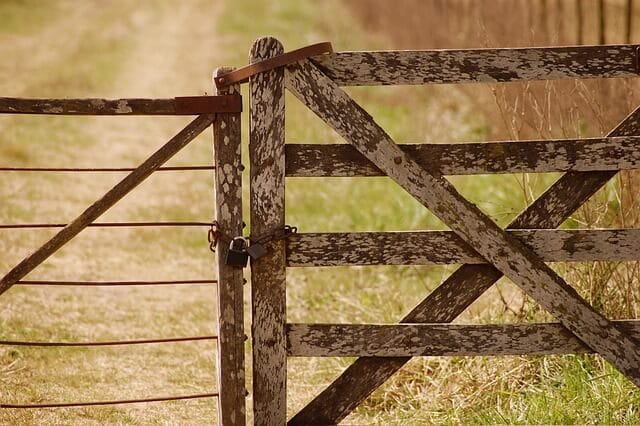Farm Gate Installation: A Complete Guide for Agricultural Success

Understanding Farm Gates: A Foundation for Success
Farm gates serve as critical access points in agricultural fencing systems, playing a vital role in livestock management, security, and daily farm operations. This comprehensive guide will walk you through everything you need to know about installing a farm gate properly.
Essential Planning and Preparation
1. Site Assessment
Before beginning your gate installation, carefully evaluate:
- Ground conditions and drainage patterns
- Traffic patterns (vehicle and animal)
- Width requirements for machinery passage
- Natural obstacles and terrain features
- Soil composition and stability
2. Required Tools and Materials
Equipment Needed:
- Post hole digger or auger
- Level (both carpenter’s and post level)
- Measuring tape
- String line
- Concrete mixer
- Shovel
- Wrench set
- Safety equipment (gloves, safety glasses, work boots)
Materials Required:
- Heavy-duty gate posts (treated wood or metal)
- Farm gate (chosen based on purpose)
- Gate hardware kit
- Quick-setting concrete
- Gravel for post drainage
- Bracing materials
- Gate latch system
Step-by-Step Installation Process
1. Gate Post Installation
Proper post installation is crucial for long-term stability:
Mark post locations:
- Allow for gate width plus clearance
- Account for hardware space
- Ensure square alignment
Dig post holes:
- Depth: 1/3 of post length plus 6 inches
- Diameter: 3x post width
- Add 6 inches of gravel for drainage
Set posts:
- Use temporary bracing
- Check plumb with post level
- Verify spacing matches gate width
- Pour concrete and allow to cure
2. Hardware Installation
Proper hardware mounting ensures smooth operation:
Mount hinges:
- Position bottom hinge first
- Allow proper clearance from ground
- Ensure vertical alignment
- Tighten all bolts securely
Install latching mechanism:
- Position at convenient height
- Ensure proper alignment
- Test operation before final tightening
3. Gate Mounting
Follow these steps for proper gate hanging:
Prepare the gate:
- Check for damage
- Attach hinge plates if required
- Verify all parts present
Mount the gate:
- Start with bottom hinge
- Use temporary supports
- Adjust for level and square
- Test swing operation
Advanced Tips for Optimal Performance
Preventing Common Issues
Sagging prevention:
- Install diagonal bracing
- Use adequate post sizes
- Proper concrete foundation
- Regular maintenance checks
Alignment solutions:
- Use turnbuckles for adjustment
- Install gate wheel for heavy gates
- Consider self-closing mechanisms
Special Considerations
Heavy equipment access:
- Double gate installation
- Reinforced posts
- Wide swing clearance
Livestock management:
- Child-proof latches
- Anti-lift devices
- Visibility markers
Maintenance and Upkeep
Regular maintenance ensures long-term reliability:
Monthly checks:
- Hinge lubrication
- Hardware tightening
- Post stability
- Gate alignment
Seasonal maintenance:
- Clean debris from hinges
- Check for rust or wear
- Adjust gate tension
- Verify drainage systems
Safety Considerations
Important safety measures include:
Installation safety:
- Wear appropriate PPE
- Use proper lifting techniques
- Have assistance for heavy items
- Check for underground utilities
Operational safety:
- Install warning signs
- Maintain clear swing paths
- Ensure proper latching
- Consider visibility markers
Environmental Adaptations
Customize your installation based on:
Climate considerations:
- Snow accumulation allowance
- Wind load factors
- Drainage requirements
- Material selection
Terrain adaptations:
- Sloped ground solutions
- Flood zone modifications
- Rocky soil alternatives
Cost Considerations
Budget planning should include:
Initial costs:
- Quality gate materials
- Professional-grade hardware
- Concrete and aggregate
- Tool requirements
Long-term investment:
- Maintenance supplies
- Replacement parts
- Upgrade options
- Professional services
Conclusion
A well-installed farm gate provides years of reliable service when properly planned and executed. Follow these guidelines to ensure your gate installation meets both functional and safety requirements while providing optimal performance for your agricultural needs. If you need additional information you can check our post on common farm gate installation mistakes
One Comment